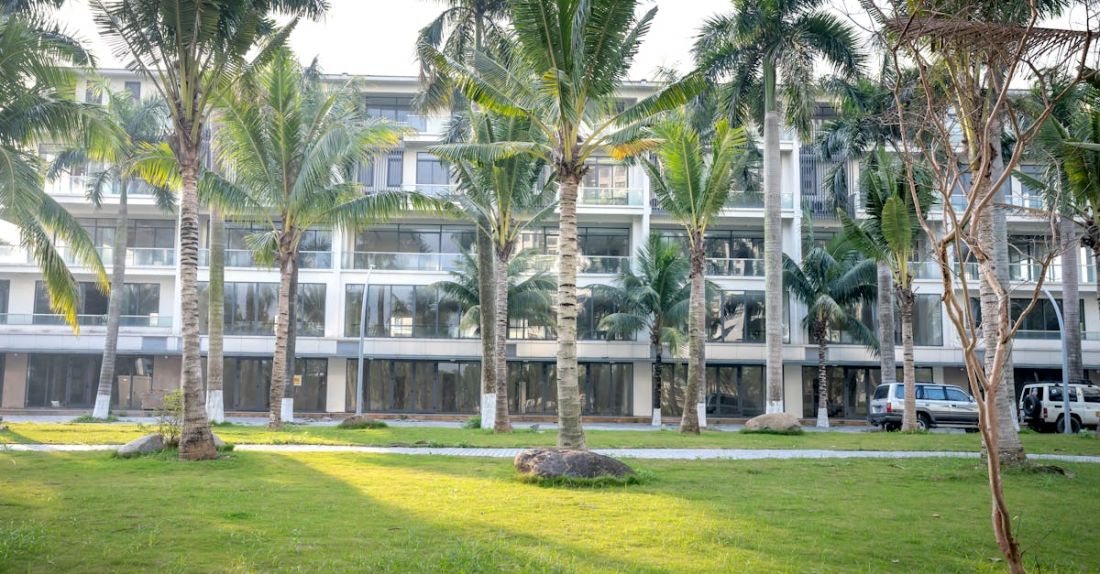
**What Are the Benefits of Community Gardens in Urban Areas**
In the concrete jungles of urban areas, where skyscrapers dominate the skyline and green spaces are scarce, community gardens offer a breath of fresh air, quite literally. These green oases provide numerous benefits to city dwellers beyond just a place to grow vegetables. Let’s explore the advantages of community gardens in urban areas and why they are essential for creating healthier and more sustainable cities.
**Promoting Food Security**
One of the most significant benefits of community gardens in urban areas is their role in promoting food security. With the rise of urbanization and increasing food deserts in many cities, access to fresh and healthy produce is becoming a luxury for some residents. Community gardens provide a solution by allowing people to grow their food, reducing reliance on expensive grocery stores and improving access to nutritious fruits and vegetables.
**Fostering Community Connection**
Community gardens are not just about growing plants; they are about cultivating relationships and fostering a sense of community. These shared spaces bring people together from diverse backgrounds, creating a sense of belonging and camaraderie. Gardening side by side with neighbors builds social connections, promotes teamwork, and strengthens community bonds, leading to a more cohesive and supportive urban environment.
**Improving Mental and Physical Health**
Spending time in nature has been proven to have numerous mental and physical health benefits, and community gardens offer city residents a much-needed dose of green therapy. Gardening is a relaxing and meditative activity that can reduce stress, anxiety, and depression. Additionally, the physical activity involved in tending to a garden helps improve fitness levels and overall well-being, contributing to a healthier urban population.
**Enhancing Environmental Sustainability**
Community gardens play a vital role in promoting environmental sustainability in urban areas. By converting vacant lots or unused spaces into green sanctuaries, these gardens help reduce urban heat islands, improve air quality, and increase biodiversity in cities. Moreover, the practice of organic gardening in community plots reduces the need for chemical pesticides and fertilizers, contributing to a more ecologically friendly urban landscape.
**Educating and Empowering Residents**
Community gardens serve as outdoor classrooms where residents can learn about horticulture, nutrition, and environmental stewardship. These spaces provide valuable opportunities for hands-on learning, skill-building, and knowledge sharing. By empowering residents to grow their food and make informed choices about what they eat, community gardens promote self-sufficiency and food literacy, ultimately leading to healthier and more resilient communities.
**Supporting Local Economies**
In addition to the social and environmental benefits, community gardens also have a positive impact on local economies. By growing their produce, residents can save money on groceries and reduce their food expenses. Surplus produce from community gardens can be sold at local markets, creating income-generating opportunities for gardeners and supporting small-scale food producers in urban areas. This economic boost contributes to the overall economic vitality of the community.
**In Summary**
Community gardens in urban areas are not just patches of green amidst the concrete; they are vibrant hubs of activity that offer a multitude of benefits to residents and cities alike. From promoting food security and fostering community connections to improving mental and physical health, enhancing environmental sustainability, and supporting local economies, these green spaces play a crucial role in creating healthier, more sustainable, and more vibrant urban environments. By recognizing the value of community gardens and investing in their development, cities can reap the rewards of a greener, more resilient future for all.





